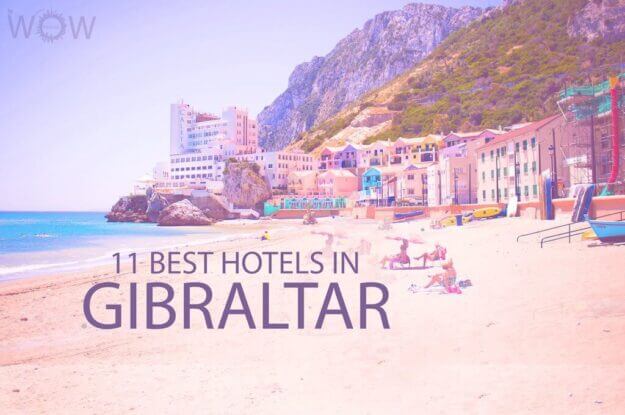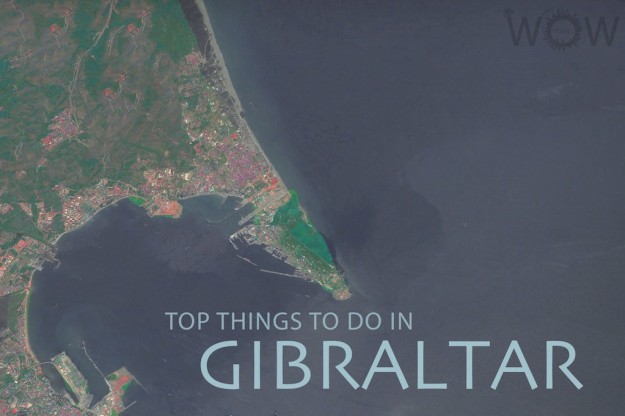Boundaries sometimes overlap when categorizing Southern Europe as many of the countries listed in this part of the continent are also listed in other broader regions. However, the one unifying factor in this group of sixteen countries that make up this part of Europe in the Mediterranean Sea. Quite predictably, the food and culture are influenced by the climatic conditions of the region, as is the landscape. Visitors head to Greece’s Santorini or Croatia’s coastline in droves to experience first-hand the wonders of the Mediterranean lands. While Spain and Italy are the most industrialized countries in Southern Europe, the rest of the countries in the region rely greatly on agriculture.
Southern Europe too is dipped in history, and the remnants of great civilizations and cultures are visible in the ancient ruins and great monuments. The grand Colosseum of Rome, the Alhambra in Granada, and the San Giovanni Fortress in Montenegro are a testament to the region’s glorious past. Southern Europe’s fascinating present is reflected in the well-heeled cities of Milan and Barcelona and in the gastronomic centers of San Sebastian and Bilbao.
Perched at the Iberian Peninsula’s southern tip, Gibraltar is a heady mix of Spanish, Moorish, and British influences. Nicknamed “the Rock” or “Gib,” it’s a tiny British territory of around 33,000 residents. But make no mistake, it’s big on history, culture, and attractions. Dominated by the Rock of Gibraltar, a limestone ridge soaring 426 meters…
Gibraltar is a British Overseas Territory on the south coast of Spain known for the Rock of Gibraltar, a 425 meter (1,394 ft) limestone ridge at its center. Despite covering an area of just 6.7 square km (2.6 square miles), the tiny nation of Gibraltar is an intriguing place, steeped in history. From the very beginning around…


